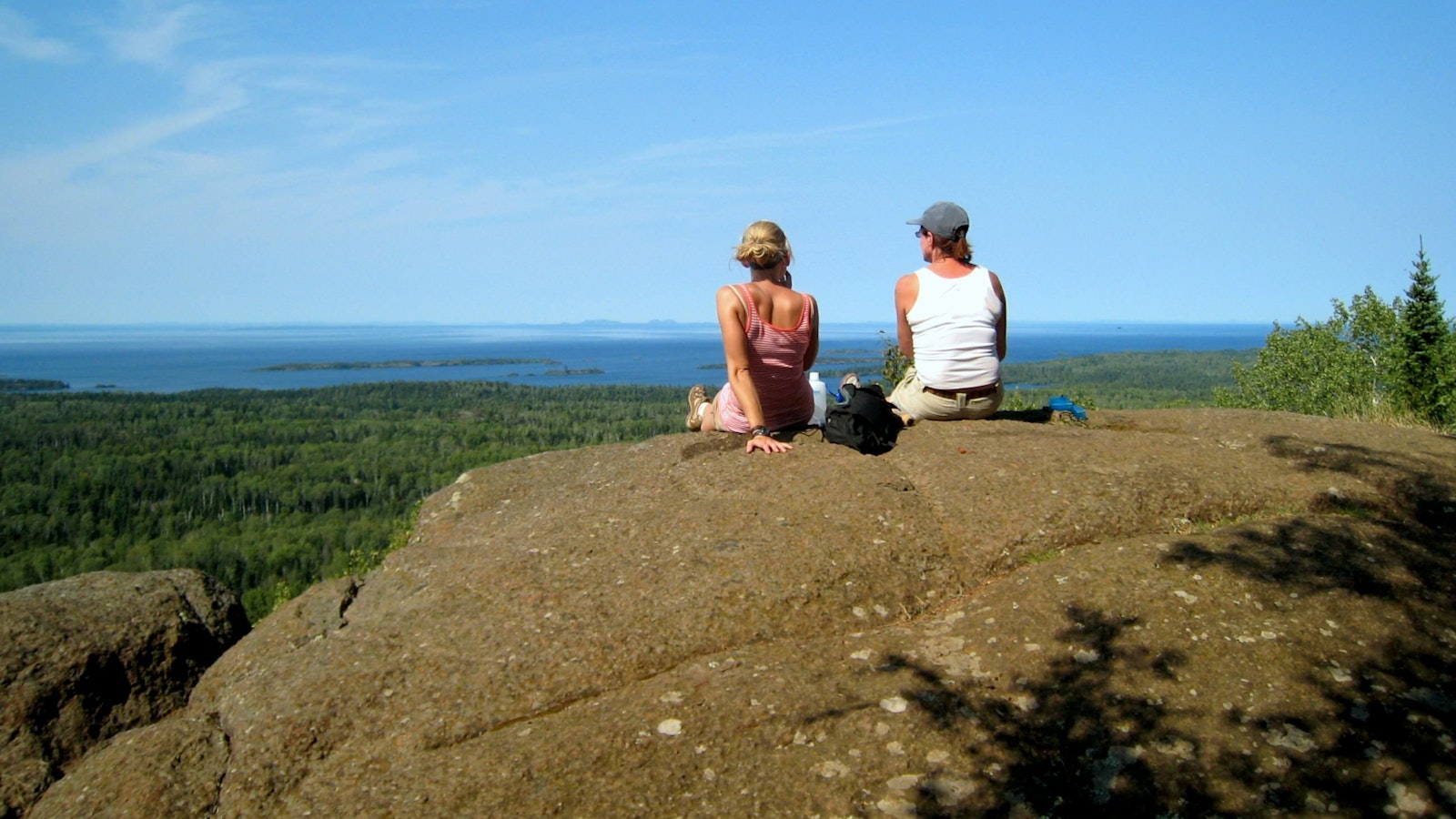A Beginner's Guide To Wilderness and Backcountry Hiking Prep

.
.
From the Appalachian Trail in the East, to the Pacific Crest Trail in the West, and countless miles in-between, some of the best backcountry hiking destinations in North America are accessible in our national parks.
Going out for a hike can mean just a few hours outside or a multi-day adventure. If you’re ready to graduate from day-hikes to overnight backpacking trips, make sure to prepare before leaving the crowds behind and heading deep into the wilderness and backcountry.
Planning ahead
When you head off into the wilderness or backcountry without a plan, anything can happen, and not all of it good. Doing your homework can save you from life-threatening situations, especially for novices.
- Visit the National Park Service websites for trails and hiking, and wilderness and backcountry camping.
- Request the proper permit. Check the park’s page on nps.gov to see if the park requires one.
- Obtain detailed maps of trails you plan to hike. Locate campsites and water sources on the map and plan accordingly. Expect to cover 5 to 10 miles a day, depending on the terrain.
- Download GPS and compass apps to your phone. Don't forget to pack a battery-operated phone charger.
- Before you leave the trailhead, make sure somebody back at home knows where you're headed and how long you'll be gone.
Packing your pack

Bring everything you need and nothing you don't. With a lightweight pack, you can usually squeeze all essential backpacking gear into a pack weighing 40 pounds or less. Put the heaviest items in the center for balance, and add lightweight items around them. Place items you need to access frequently (like water, food, and maps) where you can get at them easily.
Clothing
Layering is key as weather can change quickly and dramatically depending on your location and the time of year. Consider packing the following:
- Good hiking boots
- Synthetic hiking pants or shorts
- Long underwear
- Synthetic shirt
- Fleece or hoodie
- Light jacket
- Waterproof jacket and pants
- At least one pair of socks for each day
- Cold weather hat/beanie and light gloves
- Light-weight sandals to wear around campsite
Shelter
- Sleeping bag (down or synthetic)
- Inflatable or closed-cell foam pad
- 3-season tent
Essentials
- First aid kit – Read up on how you pack a good first aid kit
- Headlamp
- Matches or lighter
- Duct tape and/or repair kit
- Pocket knife
- Environmentally-friendly toiletries
- Trowel
Eating right
How much food you bring depends on the length of your trip and how many people are going. One hiker on an overnight excursion can probably get by on prepared food alone, provided it's calorie-dense and high in protein. Granola bars, trail mix, beef jerky, nuts, fruit, and a chocolate bar or two are good things to bring for a short trip. A large group on a weeklong trek is probably going to need to do some cooking, preparing a menu in advance. Dehydrated food will save a lot of space and weight. In addition to the food itself, you should bring:
- Lightweight backpacking stove and fuel
- Compact pot set and utensils
- One cup, bowl, and spork for each person
- Sponge and soap
- Don't forget water! Carry a minimum of 32 ounces of water with you at all times, and keep a filter or other system handy so that you can purify water from springs and streams.
Testing your skills

Patrick Cooley, Share the Experience
Get ready for your adventure by doing the following:
- Condition your body and hike on local trails to get ready
- Set up your tent in the backyard
- Practice lighting your stove
- Practice using the water pump
- Break in those new hiking shoes by going on preparatory hikes
- Brush up on wilderness and backcountry etiquette - Learn and practice Leave No Trace principles
- Learn how to dig a cathole – you'll be glad you did!
Choosing your destination
A backpacking hiking trail might be right in your backyard. National parks offer access to thousands of great trails, and any of these would make a great backcountry trip for a beginner:
- Hoh River Trail - Olympic National Park, Washington (17.5 miles)
- Elam Loop - Redwood National Park, California (20 miles)
- Big Meadows & Rose River Loop - Shenandoah National Park, Virginia (14 miles)
- North Country Trail - Pictured Rocks National Lakeshore, Michigan (42 miles)
Making the leap from hiker to backpacker is no small feat, but it brings a peace of mind and a sense of accomplishment that can only be found away from crowds, cars, and bustling campgrounds.
Looking for more adventure? Learn more about how to start backpacking these trails like a pro.
For additional inspiration, be sure to check out the backcountry camping section of our FREE “Gimme Shelter” Owner’s Guide.